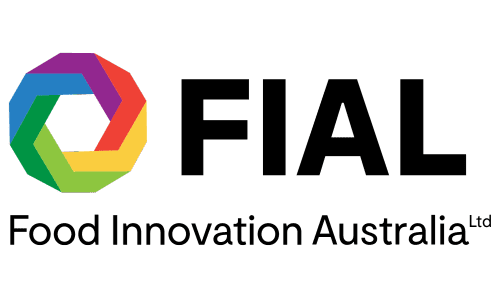Bioaction | Celebrating Australian Food and Agribusiness Innovations 2020

Bioaction has developed an alternative wastewater treatment method that utilises nanobubble technology to entrain higher rates of oxygen in wastewater, improving treatment efficiency and significantly reducing energy use.
Challenge
Food processing generates significant wastewater, which manufacturers are obliged to dispose of using methods that meet increasingly stringent environmental conditions.
Generally containing a mix of suspended solids, fats, oils and nutrients, wastewater make-up is a consequence of production at any given time. In facilities with little output variation, wastewater make-up is relatively steady. For manufacturers with multiple lines and food types, the output varies greatly because of ingredient and processing method differences.
Processing equipment including vessels and pipelines are cleaned between batches and the water used is collected with spills and other waste. Treatment incorporates the breakdown of nutrients and solids by aerobic microorganisms, requiring the addition of oxygen to promote the process. When adequate oxygen is not available, it impedes the ability of microorganisms to breakdown nutrients and achieve required treatment levels.
Treatment systems use various aeration methods including pumps and blowers, diffusers or paddles, to feed ambient air (comprising only 20% oxygen) into the treatment tank. This process uses large amounts of energy, increasing operational costs, and is additionally compromised through poor oxygen transfer efficiency (OTE).
Solution
Unlike commonly employed, expensive and fruitless ‘fixes’ including the addition of more diffusers or extra oxygen, the Bioaction solution solves the problem at its root. Using ultrafine bubble — or nanobubble — technology, Bioaction enables as much oxygen as possible to stay in the water for as long as possible.
Either ambient air or pure oxygen is introduced to the tank using nanobubbles. Each bubble is hundreds of times smaller than a blood cell and, because the pressure of the bubble is greater than the liquid it is sitting in, it remains suspended and dispersed throughout the wastewater. This means that oxygen remains available for use by aerobic microorganisms when they need it, a key consideration for the wastewater output variances caused by ingredient changes over multiple food lines.
The technology challenges traditional wastewater management methods as it entrains oxygen in the wastewater at significantly higher rates. It improves efficiency of treatment at a significantly lower energy cost, reducing trade waste overhead and improving environmental compliance through BOD reduction and dissolved nutrient discharge.
Outcome
Collaboration with CCFA and FIAL has provided Bioaction with access to the food industry and enabled acceleration of the research process. Operational trials will be undertaken at the Mars Foods Berkeley Vale production facility, while lab research is conducted at the University of Newcastle. Following planned outcomes will see further industry trials within the CCFA members.
While initial R&D has focused on integration into municipal and industrial applications, the Bioaction team has an end goal of delivering water quality levels that permit wastewater recycling.
